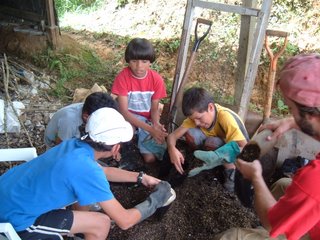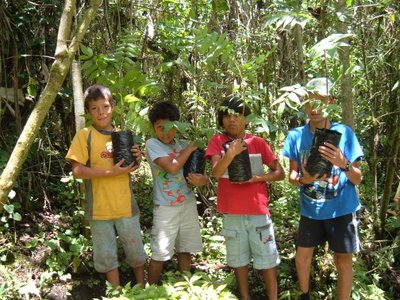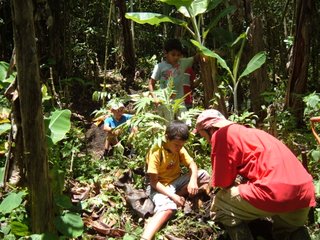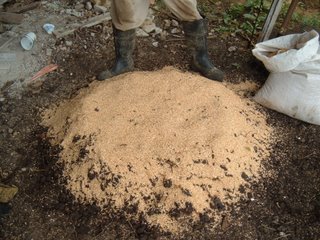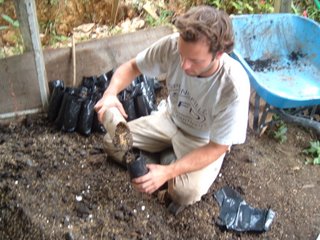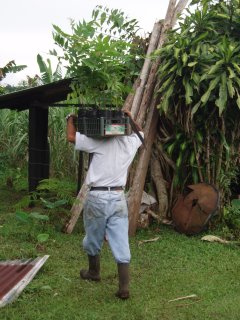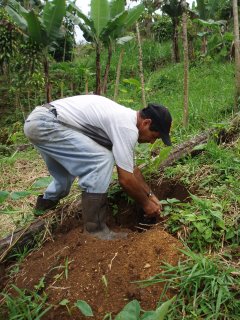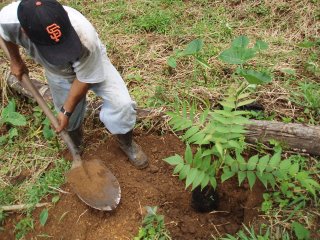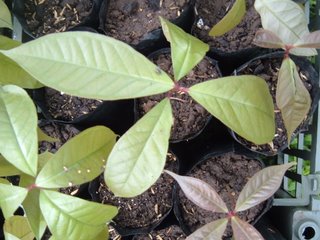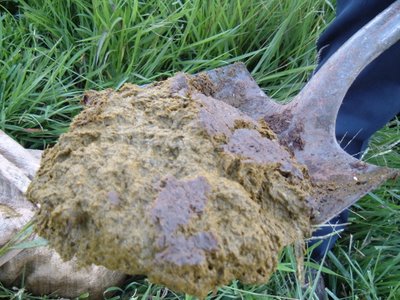
Yesterday, Dan (our intern) and I went up to the "company" farm on the north side of our finca. Sometimes Eliot and I would find ourselves here to watch the sunset or view the valley to the south, but this time it was for other reasons. As Dan and I climbed to the top of the farm, we crossed over the barbed wire into the pasture. We were surounded by vacas (cows), and...well, we had come to collect their feces. As we passed up cow pie after cow pie, Dan exclaimed, "why are we passing up all these piles? you sure are picky about your cow shit." He was right, I was in search of the freshest cow shit I could find. When I found the piles still warm from the metabolic processes recently incurred upon it, I exclaimed "we got freshies", and we proceeded to scoop, bag and move on.
 We were collecting caca for our biodigestor, which contains excriment of various animals and captures the methane that is released when the organic compounds breakdown. This is a low-tech system that has been in practice for centuries. As the gas accumulates in the plastic bag above the tank, it becomes pressurised and is piped to the outdoor kitchen. Here it is connected to the stove and we are able to cook for hours.
We were collecting caca for our biodigestor, which contains excriment of various animals and captures the methane that is released when the organic compounds breakdown. This is a low-tech system that has been in practice for centuries. As the gas accumulates in the plastic bag above the tank, it becomes pressurised and is piped to the outdoor kitchen. Here it is connected to the stove and we are able to cook for hours. 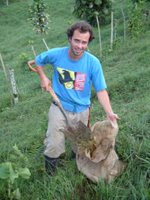
The only problem with our system is that we dont have enough excrement for the system to properly function. After we collected two coffee sacks worth of caca de vaca we proceded to drag the oozing bags home and fill the intake tube to the biodigester. In about 1 hour we collected 50 pounds of cow feces, and we accomplished the mission without angering the bulls.

